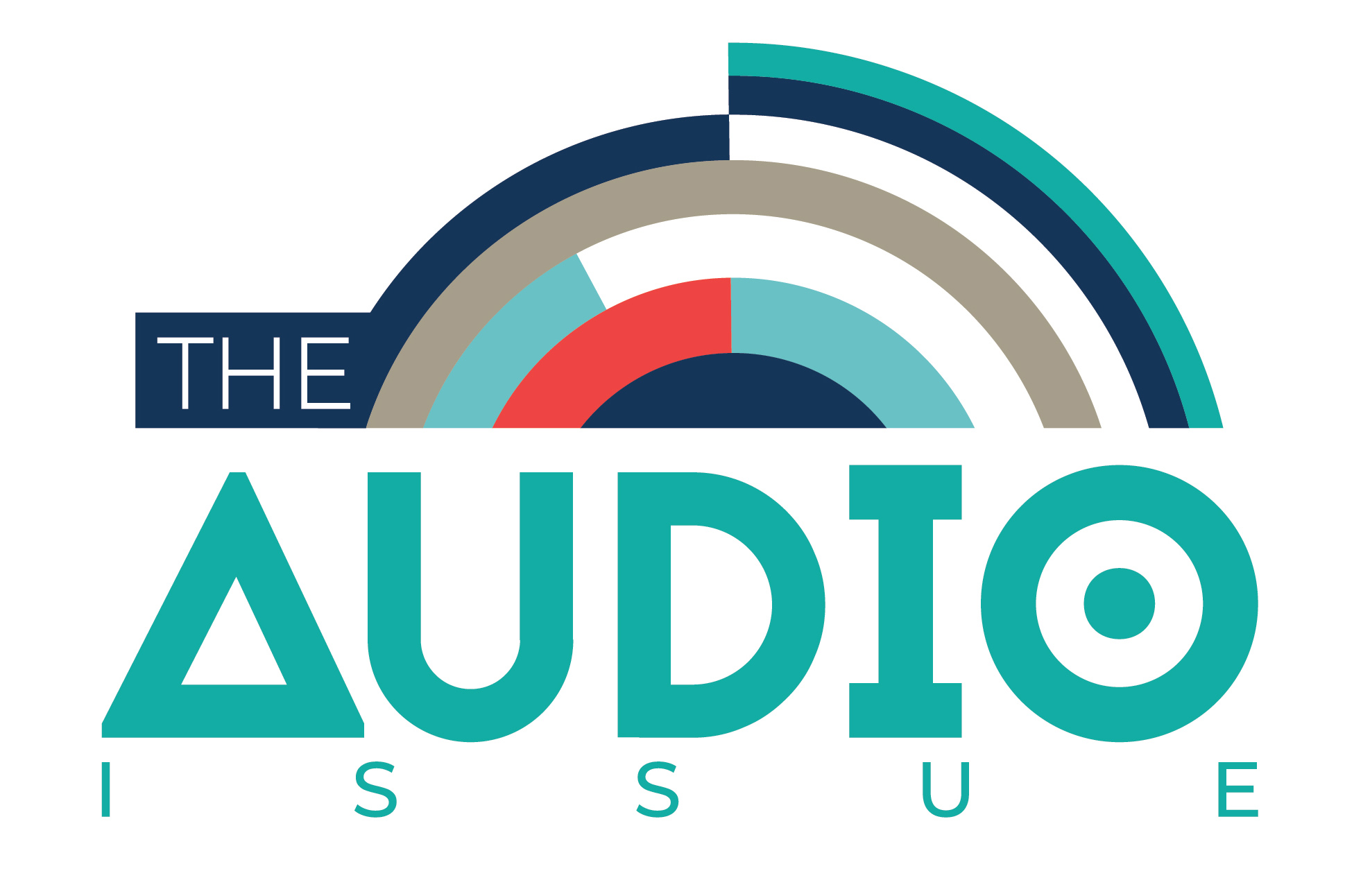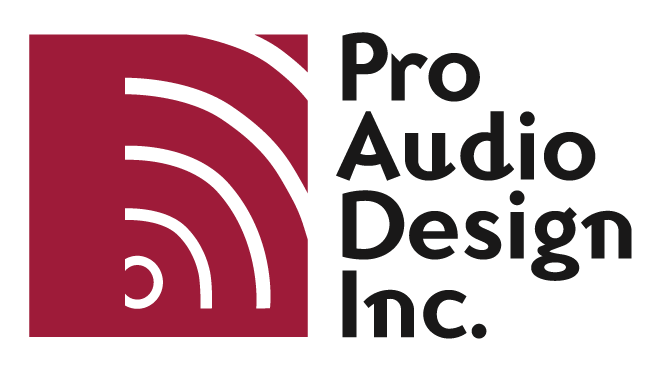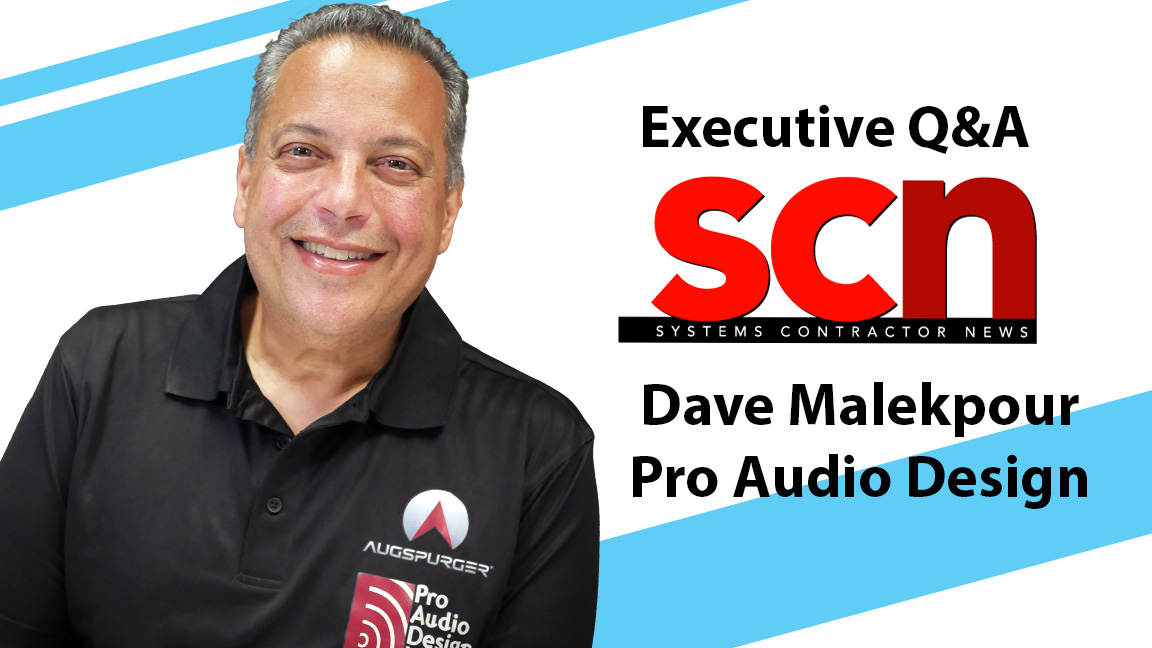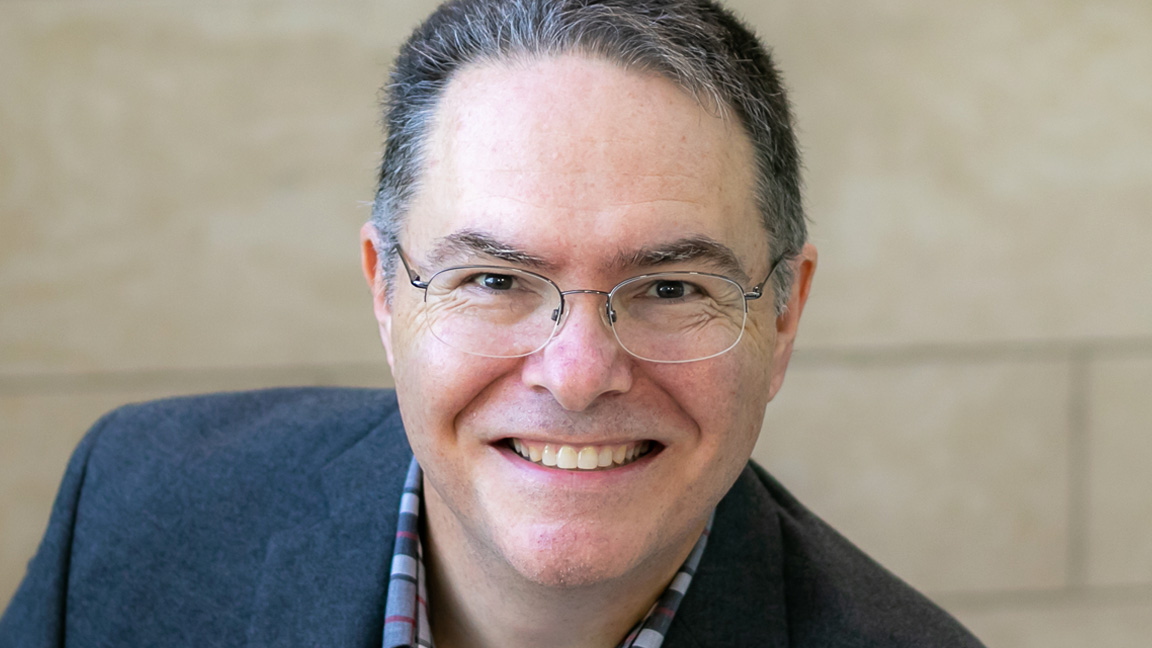SCN: What made you decide to establish PAD?

Dave Malekpour: When I started in 1993, there were places to buy equipment, often through an 800 number (pre-internet), and then you would find a tech to install it and someone else to design your facility. I wanted to be able to bring all that together so that projects could be completed for clients with less variables. Often, clients would buy gear and not realize the costs for installation or simply buy the wrong products for the job. I also started selling high-end used gear, which allowed a lot more clients to access better equipment within their budget. My first employee was a technician, which meant we were also able to service the gear and then install what we sold.
SCN: What’s the deal with all these musicians in the Pro AV industry, and how has your love of music helped you with your business?
DM: When you’re a musician or audio engineer, you often must find a way to make a living to supplement your musical passion. Luckily, I was able to connect those two parts of my life through the business of creating facilities and selling equipment and services. Understanding as a user allows me to see how each facility will be used; client perspective, user perspective, and design perspective together is powerful.
[Professional Audio Design Is Now an Official Dolby Service Partner]
When tuning speakers or rooms, it’s more than just hitting targets or measurements, it’s feeling the music and making sure it hits correctly. We want to create inspiring studios and environments that go beyond just looking or sounding good—we want them to work well and help clients make better music and experiences.
For musicians and performers, the spaces and sounds inspire better performances and results. This is always front and center when designing a space—from the vibe to acoustics and the equipment—they all work together to put the listener and performer in the right state of mind to be creative and reach new heights.

SCN: PAD actually has a portion of its website devoted to vintage gear. How popular is that part of your business, and what’s the appeal of vintage?
DM: For the recording side of our business, there are some amazing mics and gear that were made during a time when making the very best was the focus and where costs weren’t necessarily the most important part of designing products. Some things just aren’t made like they used to be, which sounds cliché, but it’s true.
We have some incredible re-issues from many companies that made those vintage pieces that many clients are seeking. We restore vintage consoles like Neve and SSL, tube mics like Neumann, Telefunken, and AKG, and so many classic pieces of outboard gear that many covet.
Today, when creating studios for our clients, they often want a few treasured vintage pieces, like a Neve 1073, along with the latest DAW, converters, and computer. It’s because they do have a unique sound that even the reissues cannot always replicate. I think today there are some amazing recreations of the originals from companies like Pulse Techniques-Pultec, Telefunken, AMS Neve, API, Manley, and SSL from which you can get those sounds without the difficulties of a 40+ year old piece of gear.
[On Your Business: Reevaluate Your Employee Evaluations]
Factoring upfront cost and then maintenance, we do often recommend clients get the reissues, but for some it’s essential to them to have these treasured classics and the value continues to go up.
SCN: What are the short and long-term goals for your company?
DM: As we have grown from selling and servicing gear into a full-service design company, our goals are to continue building great studios and branch into live entertainment spaces and other venues where we can combine design, acoustics, equipment, and integration for our clients’ projects. As we see demand increase, we aim to grow our team and potentially into new locations and markets. We recently appointed Robbie Dunne as EMEA sales and marketing director, who will be focused on bringing the PAD Group brands to EMEA regions and building a wider team, both nationally and internationally.
SCN: How is PAD celebrating its 30th anniversary?
DM: We started our celebrations during the NAMM Show in Anahiem with an awesome party at one of our client studios, and intend to follow up with another event in New York City during the AES Show in October. We have also been taking time as a team to reflect upon the last three decades, and will be hosting an open house at our Hanover HQ later this year with live music, guest presenters, and a chance to hear some incredible Augspurger studio monitors and TAD Hifi and Mastering speakers.
SCN: PAD offers so many options, so how do you choose the best acoustic treatments for a given space?
DM: There are so many great acoustic products today, and we like to blend fabrics, wood, ceramics, cork, and some cool recycled materials made from plastic bottles. Our first steps are to simulate a room’s acoustics using predictive acoustic modeling to understand decay time and frequency response and see where the challenges may be. Once we know what we need to get it to work, we can choose the right blend of bass trapping, absorption, and diffusion to achieve natural sounding response in the space.
The first part of designing a facility is to best understand the technical requirements and how it will be used, and then ensure the user experience will be top notch.
One benefit of predictive acoustic modeling is that we are able to see what to remove from the space rather than having to treat every surface, leaving as much of the room’s natural response as possible.
Visually, we can also achieve some really great looks blending attractive fabrics, woods, and color, as well as color-changing LED lighting, to achieve unique and varying vibe for client spaces.
SCN: Your company offers design and integration services for several vertical markets. Generally speaking, what type of facility is the most challenging to design?
DM: When working for a single client and user, the projects can be easier than projects where there are committees, boards, and varying visions within those groups. Smaller projects can also be difficult when the client budget and vision may not be in line. Working on houses of worship often presents challenges, where the interiors are often older and more grand, and it is of importance that the acoustic treatment or sound system does not impact the visual aesthetic. This is also true in residential listening rooms, where aesthetics may not lend themselves to the user’s vision for the space. That said, every project presents challenges which help us push our team’s creative efforts, and we excel in that way by bringing various ideas to each brief.
SCN: OK, time for a name drop—who has the coolest personal recording studio that you’ve installed?
DM: This is a tough one—we have worked on so many cool spaces. But I would have to say that working on Snoop Dogg’s Beach City studio has been one of the most fun and cool projects we’ve ever been involved with.
SCN: What is the PAD approach to fixed installation design?
DM: The first part of designing a facility is to best understand the technical requirements and how it will be used, and then ensure the user experience will be top notch. When we start the design process, we first get to understand the client’s vision, taste, and space, and begin to plan what it will look and feel like when completed. By using photo realistic rendering, predictive acoustic modelling, and the team’s imagination, we are able to create a visual starting point to be “inside” the space. This can help guide the process and explore with the client until we all love the vibe—and then we can put all the pieces together to hit the brief and exceed expectations. These plans help everyone go through their part of the project, from builders to installers, to ensure the finished project perfectly reflects the design.
[Executive Q&A: 'This Is Different']
SCN: What’s the next big thing for audio in Pro AV?
DM: With the rapid evolution of AI, I see products coming to the market to make things easier for clients. Everything today can be remotely controlled with an app or phone. The next big thing will be for your gear to know exactly what you need through adaptive learning. Self-mixing consoles or equalization based on an artist’s preferences or sounds from their recordings—let’s imagine it and hear it from your mind!

